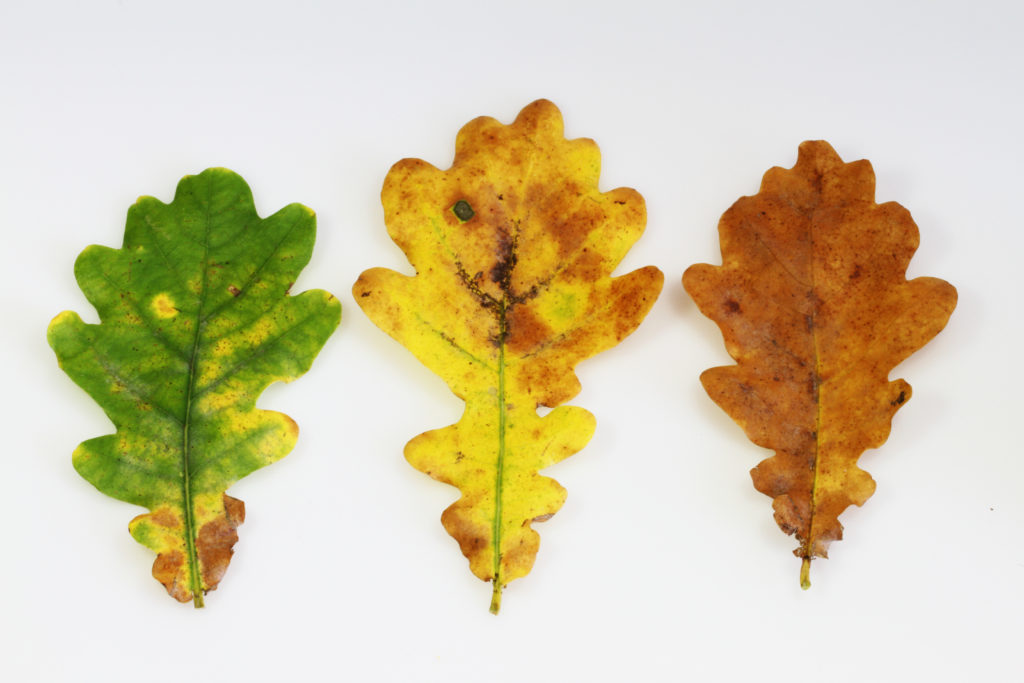Blog, Disease & Pest Prevention, Plant Health Care
Take Action Now To Prevent Oak Wilt
Oak wilt is an aggressive fungal disease that attacks the water-conducting tissues of oak trees. This disease, caused by the pathogen Ceratocystis fagacearum, is one of the most serious diseases to affect oak trees in the United States.
Up Next: 5 Common Tree Diseases & How To Protect Your Trees
Taking action now to prevent oak wilt with help slow its spread to vulnerable oak trees in Missouri and around the country.
 What Oaks Are Affected?
What Oaks Are Affected?
All oaks are susceptible to oak wilt, the black oak group are more susceptible to those oaks in the white group. According to the USDA, mortality in red oaks can occur within 3 weeks after infection.
While trees in the white oak group can be resistant to oak wilt, this does not mean that they are safe from infection. Due to their ability to compartmentalize and slow the spread, it can take years for the fungal disease to spread and kill them. In some cases, white oaks can recover.
Know The Signs & Symptoms Of Oak Wilt
The symptoms of oak wilt will vary between oak groups. In red oaks group trees:
- Leaf wilt and bronzing/yellowing at the top of the tree
- Foliage decline inward and downward
- Brown streaking in the outer ring of sapwood
In white oak group trees, symptoms appear much slower:
- Branch dieback
- Overall tree decline
- Leaf wilt and bronzing/yellowing at the top of the tree
Symptoms of oak wilt are often confused with other tree diseases and damage such as that from construction, so a laboratory test will need to be done to confirm the presence of oak wilt.
Stop The Spread Of Oak Wilt Now
There is no cure for oak wilt. The best way to prevent it is through early detection. Oaks suffering from this disease must be removed and the infected wood destroyed. All tools used on the tree then needs to be sanitized before being used again to prevent transmission to other trees.
Avoid pruning your oaks from in the summer to prevent attracting sap-sucking insects like sap beetles that can transmit the fungal spores of oak wilt. If your oaks are experiencing the signs and symptoms, contact a professional, ISA-certified arborist from Hansen’s Tree Service to inspect your trees. They will provide you with treatment options and advice if you do need to prune.
